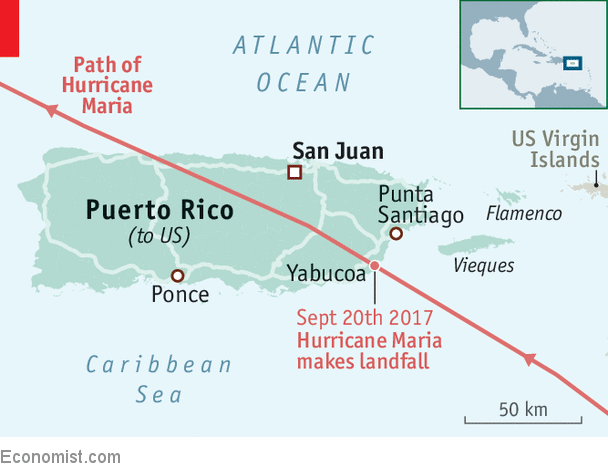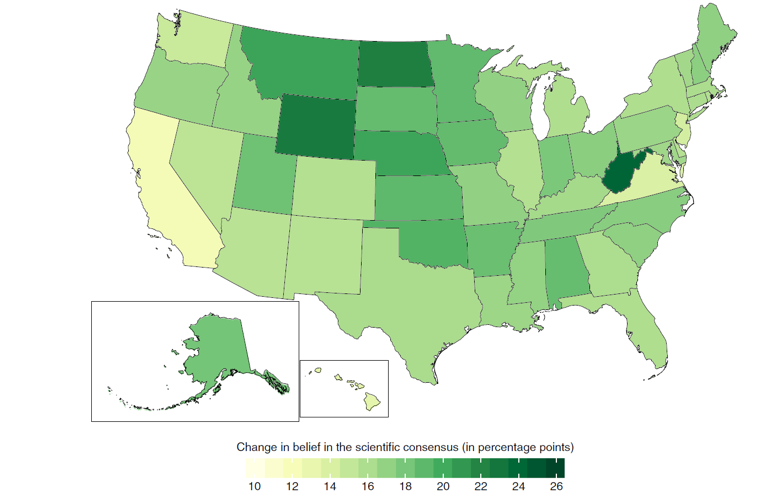New challenges for an evolving Earth Day
 April 22 is now generally considered the world’s largest secular holiday, with the organizing group, the Earth Day Network, now expecting more than one-billion people in 192 countries to this year celebrate the now-annual event in locations across the continent and throughout the world.
April 22 is now generally considered the world’s largest secular holiday, with the organizing group, the Earth Day Network, now expecting more than one-billion people in 192 countries to this year celebrate the now-annual event in locations across the continent and throughout the world.
With heightened partisanship on environmental and other issues, Earth Day planners must broaden minorities' involvement in preparing for the 50th anniversary in a presidential election climate. By purposefully embracing potential intersections between environment and other social issues, Earth Day organizers on the national, state, and local level could perhaps better engage historically underrepresented communities, offering real incentives making Earth Day everyone’s day... Read more
 April 22 is now generally considered the world’s largest secular holiday, with the organizing group, the Earth Day Network, now expecting more than one-billion people in 192 countries to this year celebrate the now-annual event in locations across the continent and throughout the world.
April 22 is now generally considered the world’s largest secular holiday, with the organizing group, the Earth Day Network, now expecting more than one-billion people in 192 countries to this year celebrate the now-annual event in locations across the continent and throughout the world. With heightened partisanship on environmental and other issues, Earth Day planners must broaden minorities' involvement in preparing for the 50th anniversary in a presidential election climate. By purposefully embracing potential intersections between environment and other social issues, Earth Day organizers on the national, state, and local level could perhaps better engage historically underrepresented communities, offering real incentives making Earth Day everyone’s day... Read more
Interesting Facts
 While cities differ greatly in their preparations, many in fault zones are moving more urgently to revisit disaster plans in the wake of Japan’s harrowing 2011 Tohoku earthquake, which spawned a tsunami that triggered a nuclear meltdown and killed more than 15,000 people. Los Angeles is requiring owners of about 13,500 wood-frame and 1,500 brittle concrete buildings to strengthen them against earthquakes, and San Francisco is requiring retrofits of wood-frame apartment buildings that house a total of more than 115,000 people. In Peru, where the capital city of Lima has a perilous combination of unsteady housing built atop unstable soil, the national civil-defense institute holds nationwide earthquake evacuation drills as critics warn of mass fatalities in a major temblor... Read more
While cities differ greatly in their preparations, many in fault zones are moving more urgently to revisit disaster plans in the wake of Japan’s harrowing 2011 Tohoku earthquake, which spawned a tsunami that triggered a nuclear meltdown and killed more than 15,000 people. Los Angeles is requiring owners of about 13,500 wood-frame and 1,500 brittle concrete buildings to strengthen them against earthquakes, and San Francisco is requiring retrofits of wood-frame apartment buildings that house a total of more than 115,000 people. In Peru, where the capital city of Lima has a perilous combination of unsteady housing built atop unstable soil, the national civil-defense institute holds nationwide earthquake evacuation drills as critics warn of mass fatalities in a major temblor... Read moreAfter the Hurricane: America has let down its Puerto Rican citizens
 Six months after the disaster, over 50,000 have no electricity and San Juan is prone to daylong power cuts. The poor, whose tin-roofed shacks were most damaged by the storm, have found it especially hard to secure assistance. Of the nearly 1.2m applications FEMA has received for money to repair damaged houses, it has rejected 60% for lack of title deeds or because the shacks in question were built on stolen land or in contravention of building codes. The economic toll is enormous. Around 80% of the island’s agricultural crop was destroyed, including coffee and banana plantations that will take years to regrow. An estimated 10,000 firms, one in five of the total, remain closed, including a third of the island’s hotels. The government forecasts output will shrink by another 11% in the year to June 2018. A burst of growth should then follow—estimated at 8% over the following year—on the back of $35bn in federal assistance, an estimated $20bn in private-insurance payments and as Puerto Ricans dip into their savings to repair their houses. Yet even allowing for the effects of that growth, Puerto Rico and the nearby US Virgin Islands will by one estimate lose $47.5bn in output and employment equivalent to 332,000 people working for a year... Read more
Six months after the disaster, over 50,000 have no electricity and San Juan is prone to daylong power cuts. The poor, whose tin-roofed shacks were most damaged by the storm, have found it especially hard to secure assistance. Of the nearly 1.2m applications FEMA has received for money to repair damaged houses, it has rejected 60% for lack of title deeds or because the shacks in question were built on stolen land or in contravention of building codes. The economic toll is enormous. Around 80% of the island’s agricultural crop was destroyed, including coffee and banana plantations that will take years to regrow. An estimated 10,000 firms, one in five of the total, remain closed, including a third of the island’s hotels. The government forecasts output will shrink by another 11% in the year to June 2018. A burst of growth should then follow—estimated at 8% over the following year—on the back of $35bn in federal assistance, an estimated $20bn in private-insurance payments and as Puerto Ricans dip into their savings to repair their houses. Yet even allowing for the effects of that growth, Puerto Rico and the nearby US Virgin Islands will by one estimate lose $47.5bn in output and employment equivalent to 332,000 people working for a year... Read more Experimental effects of climate messages vary geographically
A study conducted by researchers from Yale, Cambridge, UCSB, and Utah State University demonstrates that a message about climate change can have different effects depending on geographical location. The research integrates the importance of public understanding of the scientific consensus on climate change and new techniques that can estimate public opinion at state and local levels. It was found that experimental subjects’ perception of the degree of scientific consensus about climate change increased by about 16 percentage points nationally when presented with a simple, clear message: “97% of climate scientists have concluded that human-caused global warming is happening.” When this message treatment effect was down-scaled to state and local levels, several fossil fuel-producing parts of the country exhibited the strongest positive response, especially West Virginia, North Dakota, and Wyoming. The consensus message led to a convergence of perceptions about the scientific consensus among conservatives and liberals... Read more

No comments:
Post a Comment